#shinrin
Text
ShinOjiRin Headcanons
This is a ship between Shinsou Hitoshi, Ojiro Mashirao, and Rin Hiryu from Boku No Hero Academia that has lived in my brain for years now and I need to post these headcanons.
Relationship Timeline
Rin had a small crush on Ojiro from the start of his first year, but it didn't cement until Ojiro stepped down from the Sports Festival. He immediately goes to ask Ojiro out who agrees. They date for the entirety of their first year.
Shinsou developed a crush on Ojiro after he stepped down, or at least paused for a moment. He asked Ojiro during the first semester into their second year, and Ojiro rejected him.
Shinsou tried to not like Rin out of principle, but gave up due to the man being too polite.
Despite this, Shinsou and Ojiro kind of get pushed into a close proximity kind of situation when Shinsou needs to catch up on the physical training. Rin tags along, and before they know it they are all dating by the second semester.
Outside Perspective Headcanons
They are so low-key about their relationship, like, ridiculously low-key about their relationship to an absurd degree.
Even the ones who knew about it never knew the full details. Ojiro told Hagakure about Rin asking him out but he never told her about Shinsou. The IzuCrew encouraged Shinsou to ask Ojiro out, only to sympathize when he was rejected despite never learning why. The Common Sense Kings hyped Rin up about asking Ojiro out but did not know about Shinsou. The TokoFlock (minus Hagakure) knew Shinsou and Ojiro were together, but overlooked the Rin variable.
(Except for Shouji, Shouji knows all but minds his business like a regular person.)
It isn't until graduation the rest of their classmates learn about it in its entirety, and they only learn about it because Mina overheard their future plans including moving in together and bothered to ask about it.
Since Rin and Ojiro become public heroes, they are the pair in the public eye. Shinsou insists it doesn't bother him, but it bothers Rin and Ojiro because they have a whole other husband.
(Seriously the amount of times they request for an extra spot is ridiculous. You would think Shinsou's name wasn't on the certificate.)
Aizawa nearly had a heart attack when a fellow teacher told him they caught Shinsou kissing a blonde, and demanded Shinsou bring his boyfriend to dinner. He was so hyper focused on the blonde detail he was caught off-guard when there was a second significant other.
Mutant S/Os Headcanons
Due to his quirk, Rin has a lot of dragon tendencies like hoarding significant others' clothing, and dressing them jewelry despite them not wearing any normally. Luckily, the other two find it endearing.
Since Rin is a Chinese dragon, he'll sit outside in the middle of storms. It never fails to give his significant others' heart attacks. Though his tendency to dance with them in the rain makes up for his otherwise horror film shenanigans.
He will also just sit on his significant others and cuddle with them, and has been affectionately called a 'lap lizard' by Ojiro.
Due to his quirk, Ojiro has mutant tendencies like grooming his significant others or constantly touching them. He will rub heads and purrs too. Shinsou nearly exploded from heart palpation when he first experienced it.
(Asiatic Lion/Black and Gold Howler Monkey hybrid Ojiro Mashirao supremacy!)
Depending on the temperature, Shinsou will cling to one over the other. He will cling to Rin when it is warm and Ojiro when it is cold. Regardless, Rin will have a protective grip on them and Ojiro tucks his tail around them.
They have to accommodate mutant diets, so Shinsou has learned to use his lunches to balance out the immense amount of meat they consume on a daily basis.
Other Headcanons
In terms of pet names, Rin is the only one who uses them as he calls them Bao Bèi (with the 'my treasure' meaning). Ojiro sometimes calls them babe, but mainly joins Shinsou in calling his s/o by their first names.
Somehow, Shinsou is the one with the best sleep schedule despite working at night and otherwise being an insomniac. He often has to drag the other two to bed because they are up training or working on paperwork.
Due to their different schedules, dates are a pain to schedule to the point their colleagues look at them funny when they look forward to a night of takeout and whatever bromance series Rin brought from his last trip to China.
They need to train separately or they will flirt like they are in leads in an action movie. They have one love language and it is throwing hands, and their friends are tired.
They don't have wedding rings, they have wedding gauntlets and their friends are tired. (Hatsume was ecstatic about the commission.)
Seriously, they are the battle triad.
There is nothing funnier than Rin's rich energy colliding with Shinsou's grunge lifestyle. Ojiro often has to serve as a tie breaker.
They are the triad who leave food out for animals, both wild and strays, and Rin may or may not be building a crow army.
They all get equally embarrassed when their friends share pining stage stories. Hagakure especially takes immense joy from dramatically reading her and Ojiro's old text conversations.
18 notes
·
View notes
Photo

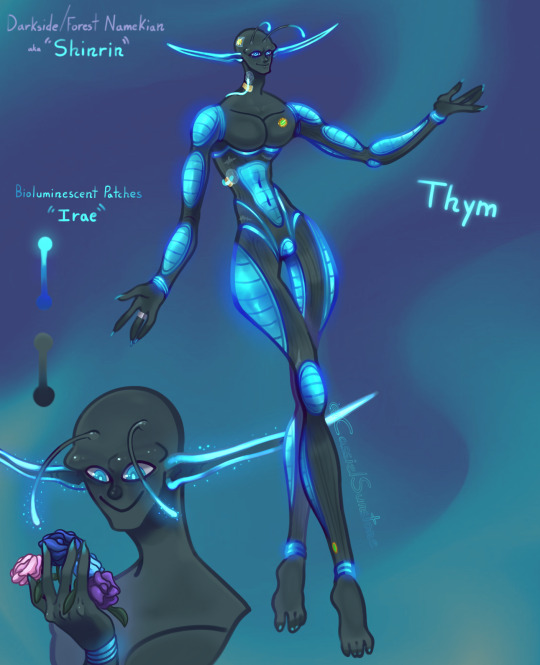
Thym the Shinrin Namekian
#one of my oldest ocs#long time no see#i wanted to do an update on them after so long#digital art#oc#my oc#art#Namekian#shinrin namekian#DBZ#dbz oc#alien#shinrin#original character#blue#green#glow#bioluminecent#Thym#dragon ball
13 notes
·
View notes
Photo

Alberi Presenze statiche e vive Sono le vene del cielo Inseguono le stagioni Ascendono Sono anima e legno Contano il tempo con le cicatrici Parlano tra di loro Sono dei // #vedocose #tonezza #alberi #trees #bosco #larici #woods #nordicwalk #camminando #trekking #vedostorie #igveneto #percorsoexcalibur #igtonezza #natura #shinrin-yoku #forestbathing #bagnonellaforesta #terapia #savethefrenzy (presso Tonezza del Cimone) https://www.instagram.com/p/Cgmh6C5qrZ-/?igshid=NGJjMDIxMWI=
#vedocose#tonezza#alberi#trees#bosco#larici#woods#nordicwalk#camminando#trekking#vedostorie#igveneto#percorsoexcalibur#igtonezza#natura#shinrin#forestbathing#bagnonellaforesta#terapia#savethefrenzy
1 note
·
View note
Text

Amateurs de sylvothérapie, d'animaux et de nature ? BARK est fait pour vous, et ça se passe dans Lowreader vol.4 !
/
Lovers of forest medicine, animals and nature ? BARK is made for you, and it's happening in Lowreader vol.4 !
🌲🐶🌿🖤
#akeussel#label 619#lowreader#bark#rue de sèvres#comics#bande dessinée#bd#illustration#drawing#art#artist#crow#shinrin yoku#bain de fôret
318 notes
·
View notes
Text


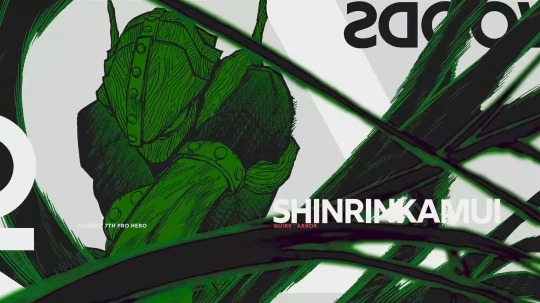
102 notes
·
View notes
Text
Kamui Woods' tragic backstory that was made into a documentary
I've got side character brainrot, so watch me make it everyone else's problem. Help me come up with some more ideas, or let me know your favorite theory!

THEORY #1:
He is a tree who gained a Quirk and sentience
(Kind of like what happened with Principal Nezu)
Personally am not a fan of this theory because I feel like his name and ambitions would be a little different or people would mention it more as jokes/jabs/or from flat-out astonishment.
But I'm not ruling it out.
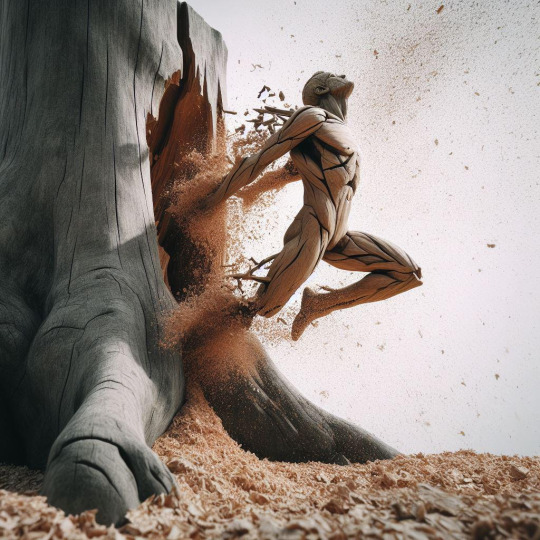
THEORY #2:
His home faced the tragedy, he just lived through it.
He is from Kagoshima Prefecture, so using the vague location as a clue:
He could be from Yakushima:
(AKA, the island inspiring the forest in Princess Mononoke - could tie into his name translation "God of the Woods")
Has a vast forest with some of the oldest trees around
See: Yaku-sugi (Jōmon-sugi).
Has a lot of hot springs (not relevant, just happy for him)
Native with rhododendron
(See costume: if flowers are supposed to be rhododendron and not roses).
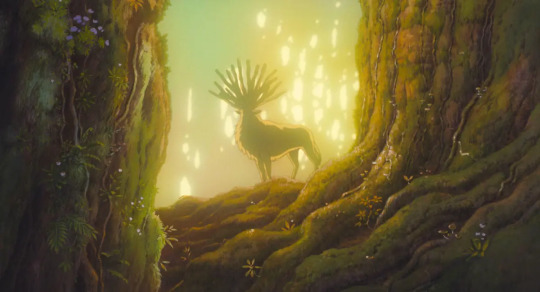
He could be from the Mangrove Primeval Forest on Amami Island:
Amami has the Kanoya Rose Gardens
(See costume: belt attachment is made of roses)
2nd largest forest of mangroves in Japan
(Lot of trees, water, and kayaking)
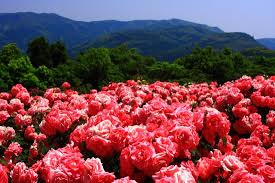
* Both areas are near active volcanoes and subject to typhoons:
Is tragedy related to typhoons, floods, volcanoes, or another type of natural disaster?
See driftwood compatibility: If ships/ water are involved, his wood Quirk could've allowed him to float to safety for several days, being enough hope in the face of tragedy to spark the documentary.

THEORY 4:
Pirates/ boat-related tragedy, also includes being marooned, held hostage, and gives him a newfound sense of justice against villains.
Buuut I feel like he would have maybe joined a mariner-related field if his hero origins involved pirates.

THEORY #5:
Wood was harvested for harsh winters without consent like a sort of body-farm situation that was eventually liberated.
Like if he had bad parents or his whole family was a part of some sort of servitude angle?
He only started counting his birthday/ age recently, so there are a number of reasons why he never celebrated it?
(A little too dark for me, and may be a little influenced by the DNA chambers Yamato Tenzo grew up with in Naruto.)

THEORY #6:
Abandoned in the woods and grew up as a little feral nature child.
Also plays into the "just started counting my age" angle.
EDIT: from the prototype sketch rough translations, this kind of sounds like what happened, though I don't know if the tragedy ends there or with his adopted family.
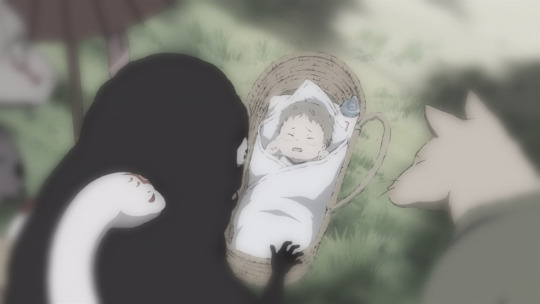
THEORY #7:
Related to his appearance.
Shinji is very secretive of his appearance, mainly his mouth area that is constantly hidden by a mask or scarf. It's possible, he just likes his privacy, buuuut... theories anyway:
He could be made of wood all over, have branch/limb-like teeth that are unsettling to others, a nutcracker jaw, Ghibli Forest Spirit face, or have a nod to a skin condition like Epidermodysplasia that he was ridiculed for as a kid, so now keeps his face hidden?
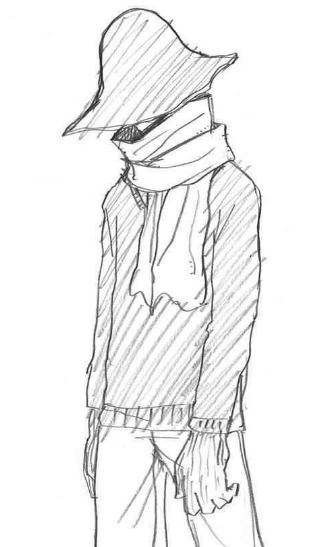
That's all the theories I think I've got. Feel free to share more if you have ideas too!
#kamui woods#shinrin kamui#shinji nishiya#mha#my hero academia#bnha#boku no hero academia#I cannot believe I have decided to get super invested in this character that we probably wont ever learn anything else about#and is quite possibly DEAD!#(╯°□°)╯︵ ┻━┻#roninrambles#roninreverie
22 notes
·
View notes
Text
Nature's Effects on the Brain
Originally posted at my blog at https://rebeccalexa.com/natures-effects-on-the-brain/
One of my favorite parts of my ecopsychology class is teaching people about the concrete, measurable ways in which nature positively affects us physically and mentally. Whether that’s studies showing whether virtual nature is as beneficial as the real thing, the physiological markers that indicate nature’s positive impact, or using a mobile EEG to measure mental well-being in natural versus human-dominated settings, I enjoy when people are able to quantify the ways nature is good for us. And as someone whose grad school work focused on ecopsychology, I’m especially interested in nature’s effects on the brain.

The studies over the past few years that utilize the mobile EEG are particularly intriguing. Using the Emotiv EPOC EEG headset, researchers in multiple studies were able to track variable including engagement, valence, excitement, frustration, focus, and meditation. Some tested the difference in people’s metrics according to their setting (nature vs. human-dominated); at least one focused on the difference between sitting and walking in a natural space (both ended up being beneficial but for different reasons.) While the study samples were small, generally under 100 individuals, they bode well for future research and they validate previous research using other methods. On a related note, I found this study that showed that the data from the mobile EEGs in outdoor settings is indeed likely to be as valid as a traditional EEG, along with one discussing how a person’s movement can affect their mobile EEG readings, which could be used to improve the technology in the future.
Obviously a handful of studies with small sample sizes won’t convince everyone, nor should researchers stop there. But it’s another potential avenue for adding to the already substantial body of evidence demonstrating a connection between time spent in natural settings, and mental health. And since our physical and mental health are strongly linked, the physiological benefits of time spent in natural places have a direct effect on those results, too. (Plus it’s a good step toward inviting people to improve their nature literacy by making nature more personally meaningful.)
More importantly it helps to validate qualitative evidence consisting of subjective experiences many people report having in nature. While ecopsychology and ecotherapy are still a niche in the greater mental health treatment arena, there is growing interest in this field both from practitioners and potential clients, as well as everyday folks just interested in finding out more about how to make the most of nature’s restorative properties. Most of us don’t need a study to tell us that something good is happening when we get outside and we start to feel better, or that there’s a reason we yearn to get back out there as often as possible. But it’s nice to have the evidence that gives us more words to explain what’s happening collectively as well as individually, and to help people understand the processes behind nature’s effects on the brain.

What I find really wonderful about all this is that you don’t necessarily have to be doing anything special outdoor. You can be walking, taking a snooze in the grass, camping, fishing, birdwatching, foraging, or simply sitting and watching the world go by for a while. Sure, you can drive a couple of hours out of town to get to a remote wilderness, but if you happen to have a yard, nearby park, or other safe, accessible greenspace, that can work as well. And since the positive effects of being outdoors can start in as little as 10-20 minutes, you don’t necessarily have to make a big time investment; although longer excursions can be more refreshing for a lot of people, a small daily dose can also be a good addition to your routine when possible.
Does this mean every single person will benefit from time in nature? Not necessarily. For some people, past experiences mean that they have a negative association with the natural world. Minorities have historically been made to feel less welcome and safe in outdoor recreational spaces, many of which were segregated for a long time, and in some cases spending time outdoors is a reminder of what was supposed to be left in the past. Other times it comes down to a personal bad experience, like the client I had in grad school who grew up in a heavily urban environment, and the closest they got to “camping” was being locked for hours in the basement as punishment, with only cellar spiders to keep them company. This led them to be uncomfortable in nature for fear they might see a spider or other creepy-crawly that reminded of them of that traumatic, out-of-control situation.
But nature-related therapy isn’t something that should be forced, and each person needs to find their own relationship to nature, whatever that may be. By offering insights into how developing that relationship can be good for us, we may be able to entice folks outdoors who might otherwise have never taken the chance to see what all the fuss is about regarding nature’s effects on the brain, body, and self.
Did you enjoy this post? Consider taking one of my online foraging and natural history classes, checking out my other articles, or picking up a paperback or ebook I’ve written! You can even buy me a coffee here!
#long post#nature#nature therapy#psychology#ecopsychology#ecotherapy#environmental psychology#environmentalism#conservation#therapy#mental health#wellness#outdoor therapy#forest bathing#shinrin-yoku#outdoors#neurology#science#scicomm#science communication
97 notes
·
View notes
Text
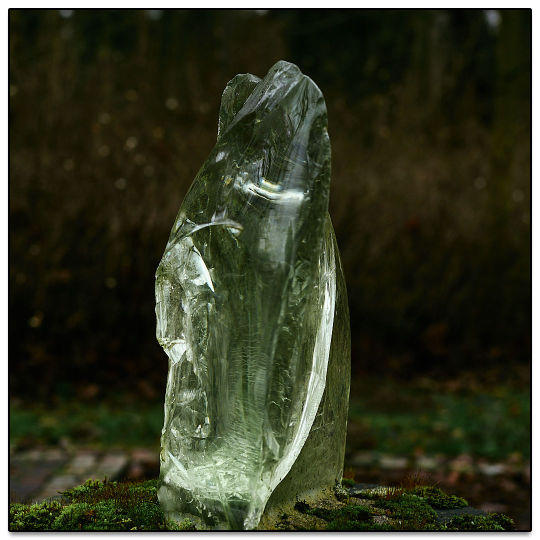

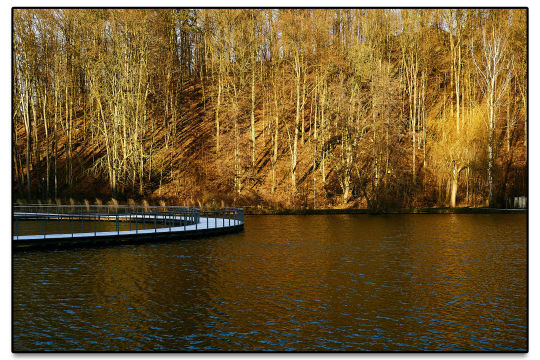



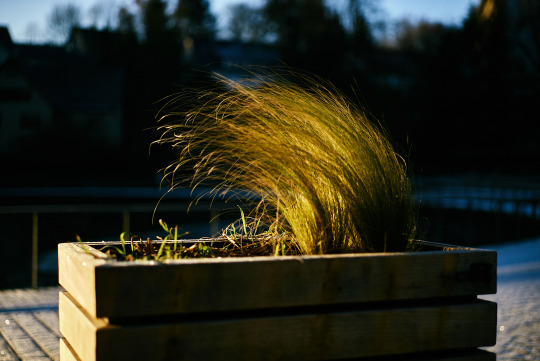
shinrin yoku - bathing in the forrest.
3 notes
·
View notes
Photo
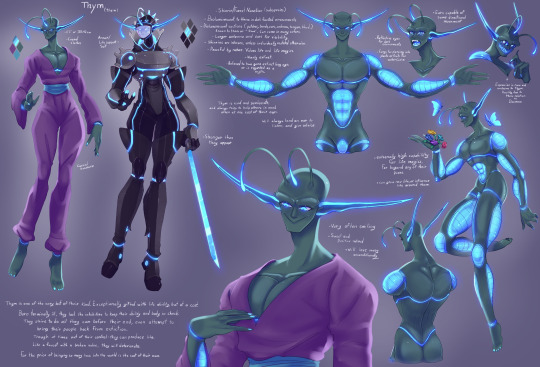
Thym <3
#Thym#OC#my OC#namekian#namek#shinrin#shinrin namekian#digital art#Character Design#alien#DB#DBZ#DB OC#dbz oc#dragon ball#dragon ball oc#bioluminecent
17 notes
·
View notes
Text
Man, it's been far, far too long since I've been in a forest
Hopefully this week I can get all up in and among some trees and leaves 🌲🌿🍄🏞️🌳🪻🌷
Track is from my Open House album if you want some more brainsoothers
#alpha chrome yayo#synthesizer#1990s#vaporwave#chillwave#vgm#lofi#bandcamp#meditation music#vhs art#cottagecore#comfy synth#forest#shinrin yoku#ambient music#kankyo ongaku
2 notes
·
View notes
Photo
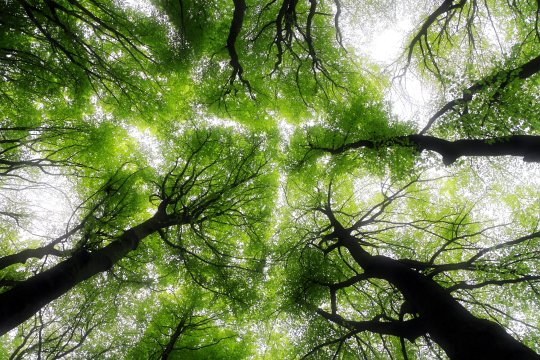

Shinrin-Yoku ( 森林ーよく ) : Translated as “Forest Bathing,” this is a term that emerged in Japan during the 1980s with the twofold purpose to offer an eco-antidote to tech-boom burnout and to inspire residents to reconnect with and protect the country’s forests. A process of relaxation, it is the simple method of being calm and quiet amongst the trees, observing nature around you whilst breathing deeply.
44 notes
·
View notes
Text
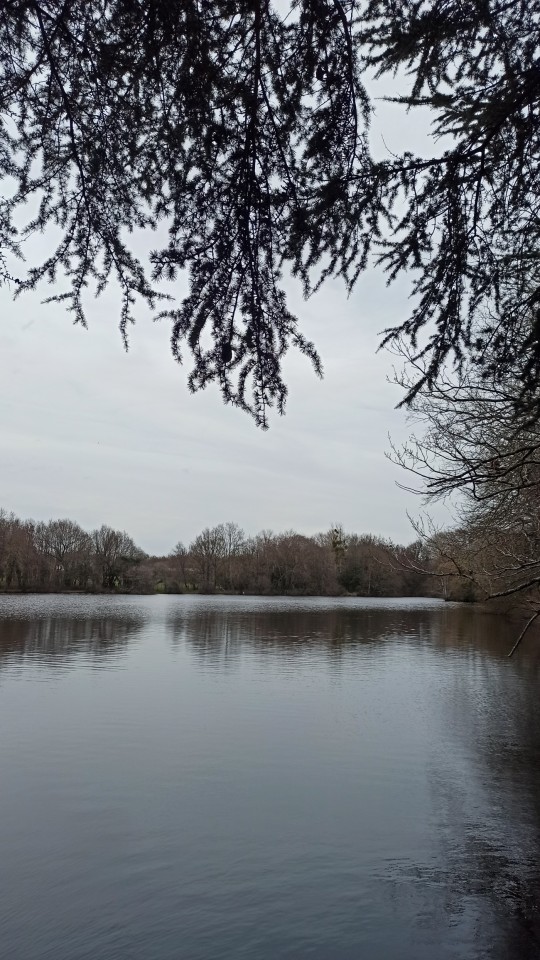

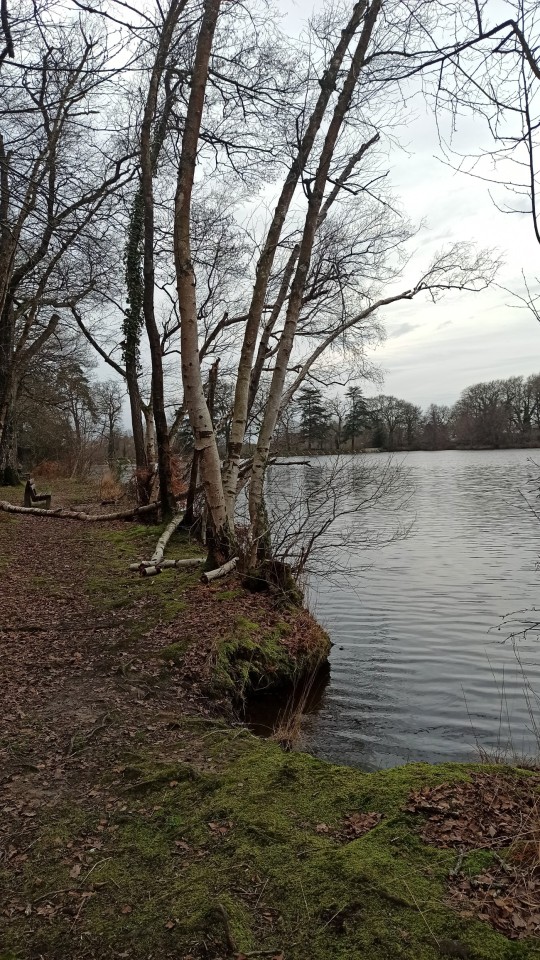


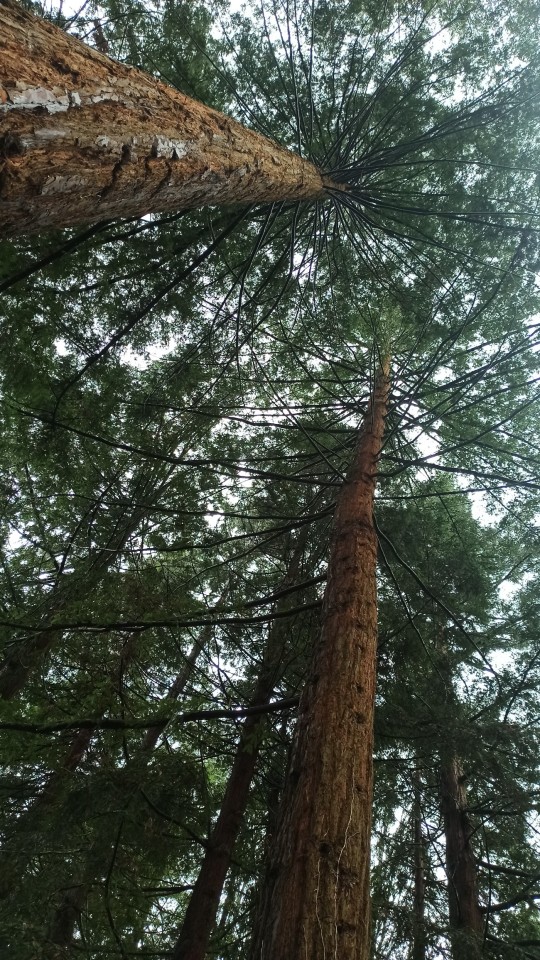

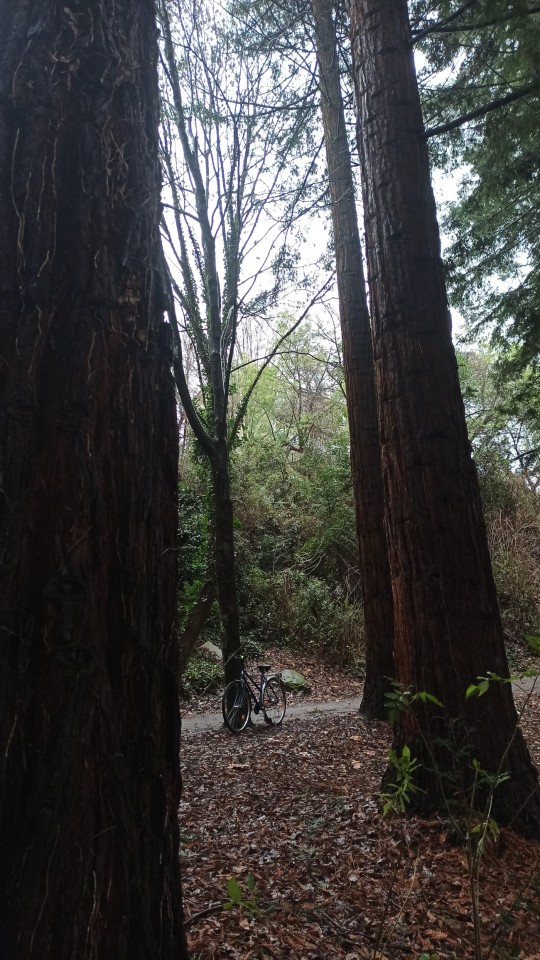
Shinrin-yoku
• Japanese for forest bathing, nature therapy
5 notes
·
View notes
Text
Kalbinde yeşil bir ağaca yer verirsen ötüşen kuşlar konar kalbinin dallarına.
-Shinrin Yoku / Orman Banyosu
2 notes
·
View notes
Text
A Japanese Wooded Retreat Designed for Forest Bathing
We explore a beautiful home in the peaceful forest in Japan, which embodies the concept of “forest bathing”. But what is forest bathing?
In our modern world, many of us spend the majority of our time indoors, surrounded by technology and artificial lighting. While this lifestyle has its benefits, it can also be draining, leading to stress and burnout. In recent years, the concept of “forest…

View On WordPress
3 notes
·
View notes
Text
The Benefits of Nature for Mental Health and Well-being
Definition of Nature Therapy
Nature therapy, also known as eco-therapy or green therapy, is the practice of spending time in nature to improve mental health and well-being. This can include activities such as hiking, gardening, and simply spending time in natural environments such as parks or forests.
Importance of Mental Health and Well-being
Mental health and well-being are essential…

View On WordPress
#beach therapy#benefits of nature#children and families#connection with the world#creativity#farming#forest therapy#further exploration#gardening#hiking#immune system#nature therapy#nature-based mindfulness#outdoor recreation#problem-solving#shinrin-yoku
3 notes
·
View notes
Photo
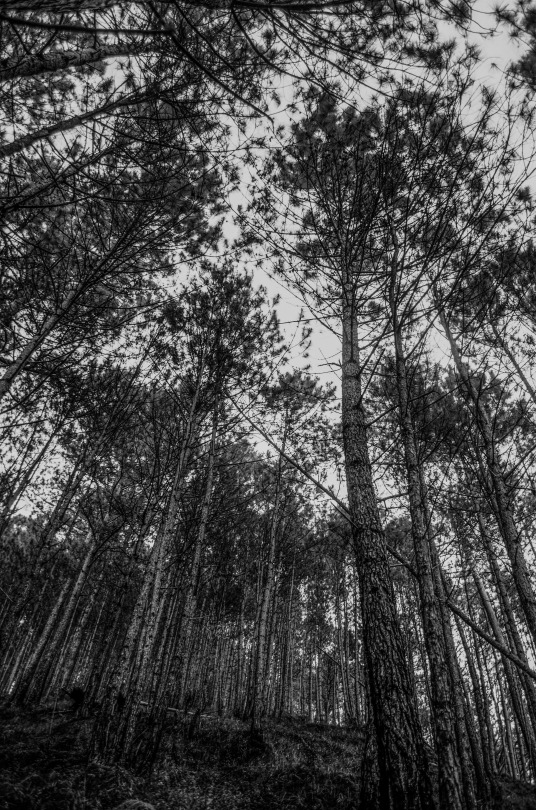
© Paolo Dala
Shinrin-yoku
The Japanese practice of shinrin-yoku is about soaking up nature with all your senses. Whereas hiking is usually about reaching a destination, and a nature walk would take an inquisitive look at plants and animals, forest therapy encourages participants to engage slowly and deliberately with nature. Guided forest-bathing sessions typically include deep breathing exercises, suggestions for aspects of nature to focus on, and invitations to share what you’ve noticed.
This mindful approach to nature has interesting health benefits. Research studies in Japan and Italy have shown forest bathing lowers blood pressure, heart rate, and concentrations of the stress hormone cortisol. It increases sleep duration and boosts the number of natural killer cells, a type of white blood cell that fights infected or tumor cells. There are theories as to why it works, but science has yet to prove them.
Kelly Dinardo
A Skeptic Tries Forest Bathing
#Shinrin-yoku#Kelly Dinardo#A Skeptic Tries Forest Bathing#Trees#Forest#Pine Forest#Forest Bathing#Nature#Mountain#Mt. Pulag#Kabayan#Banguet#Philippines
2 notes
·
View notes